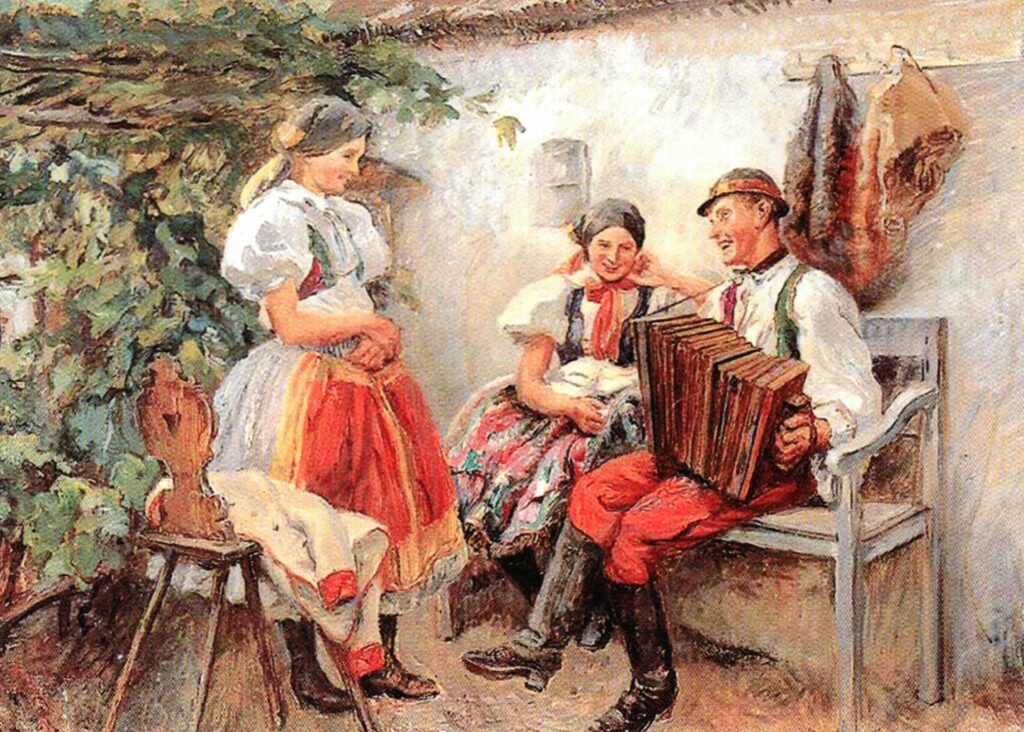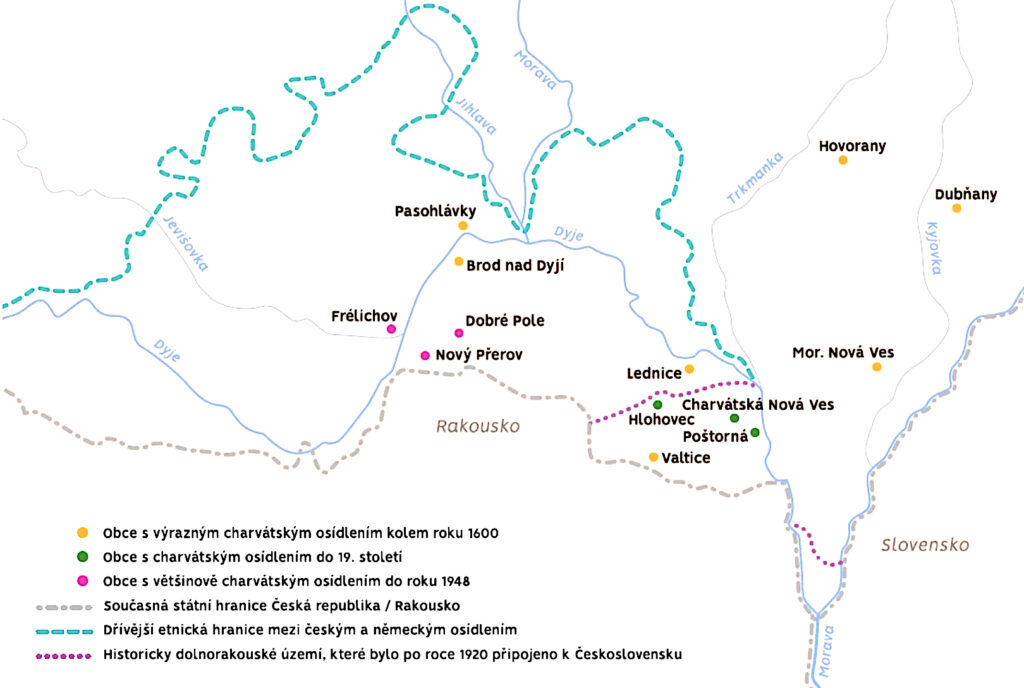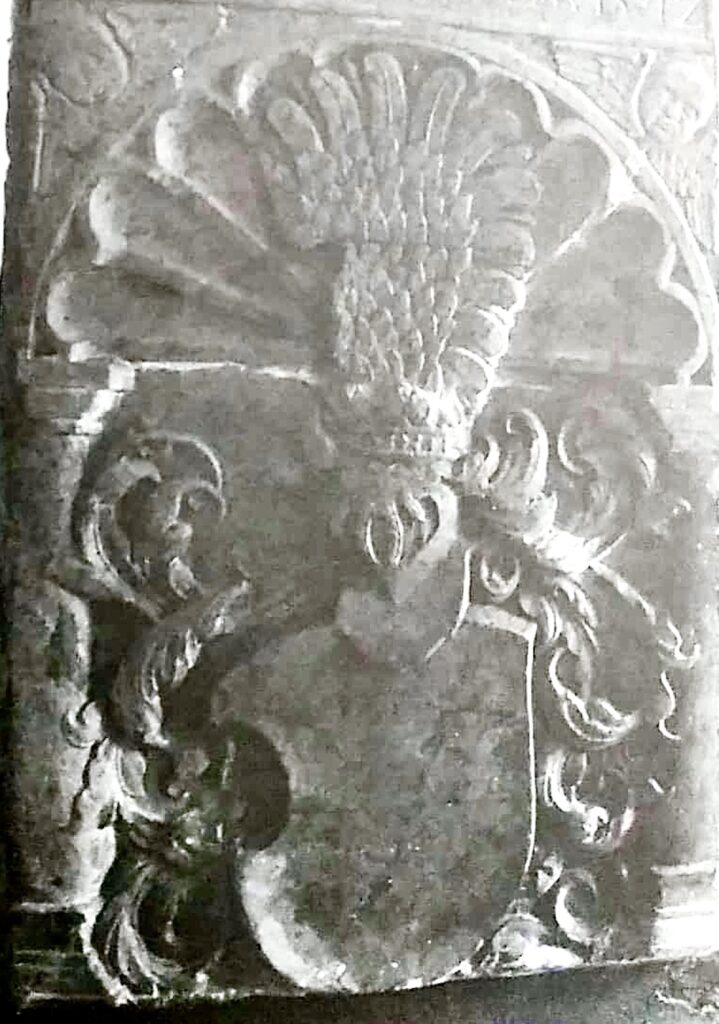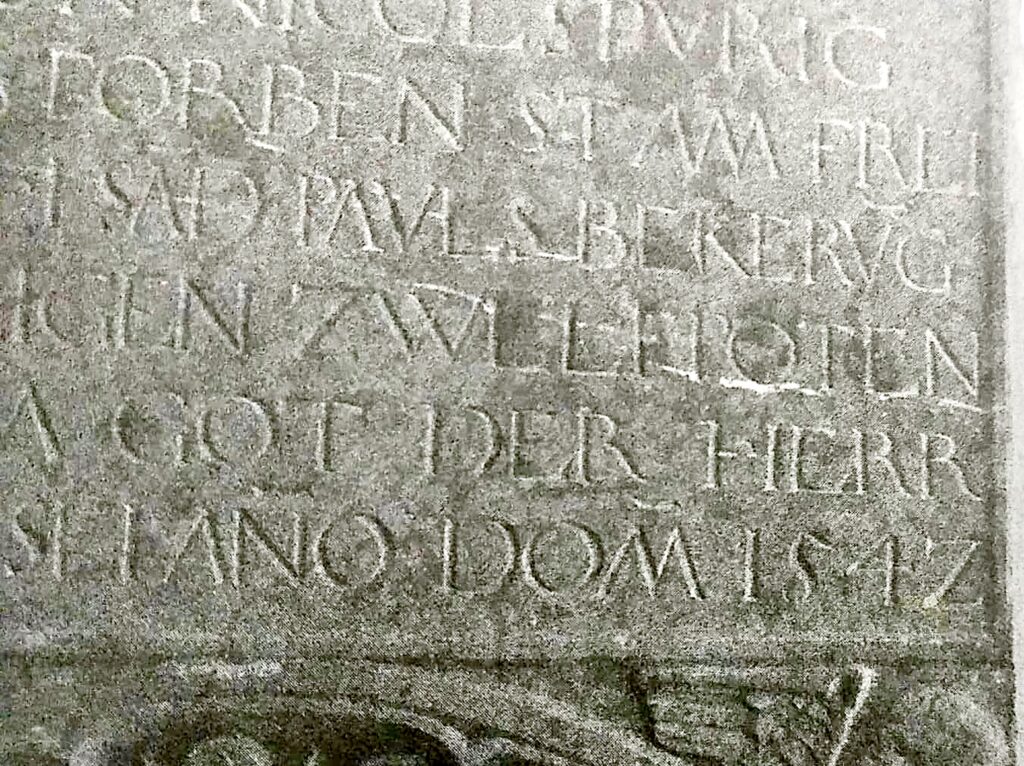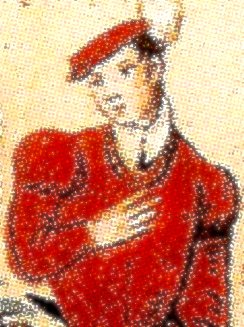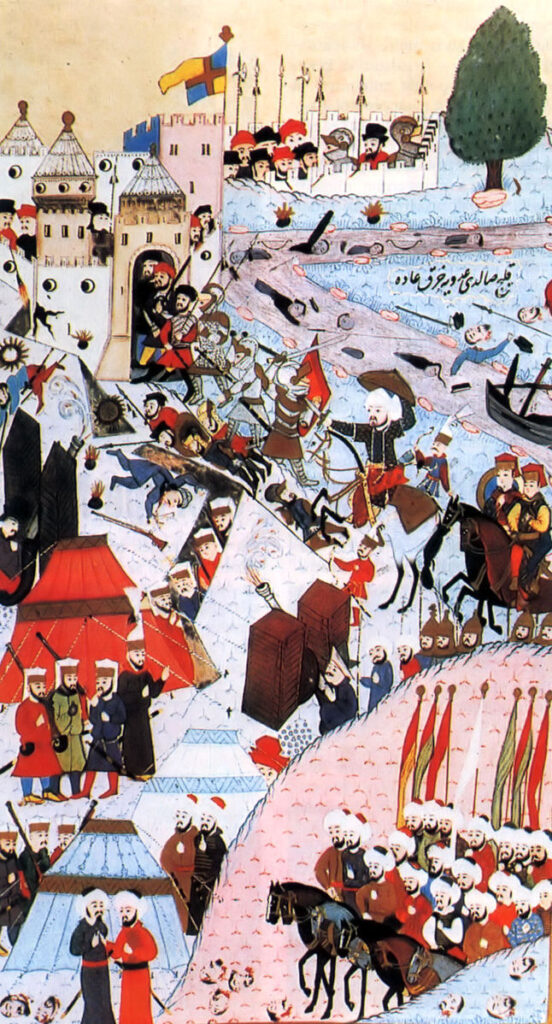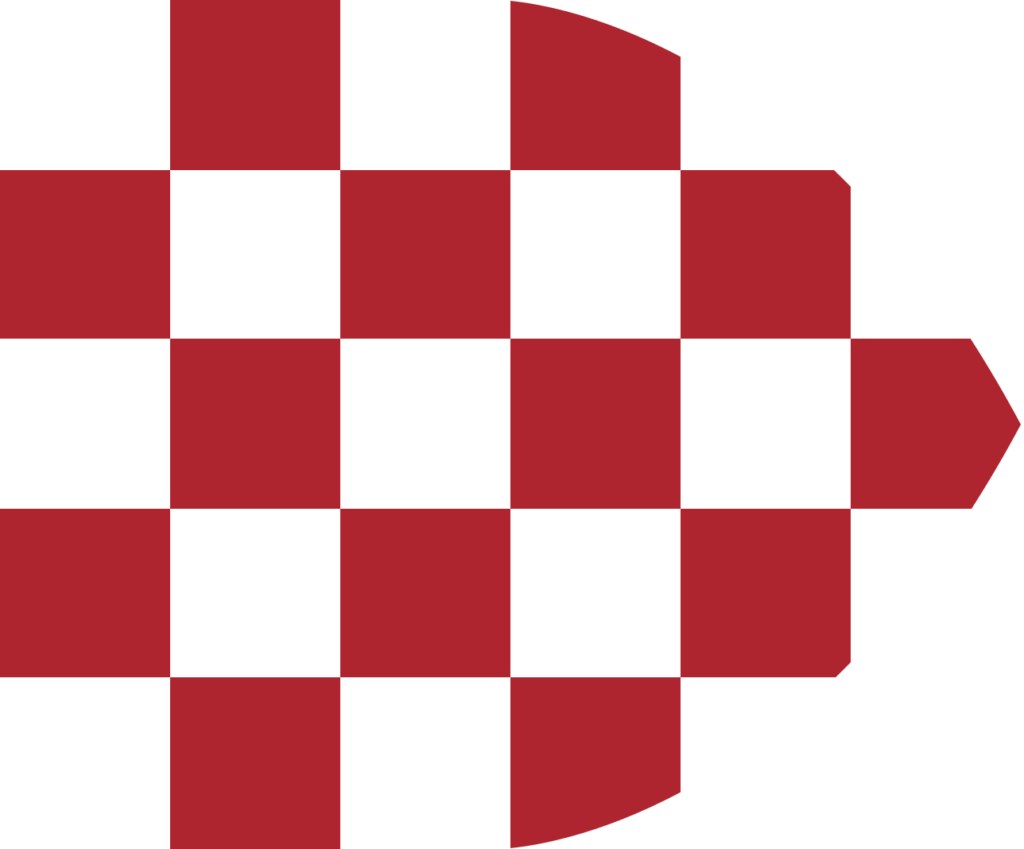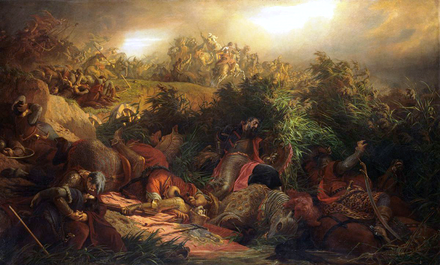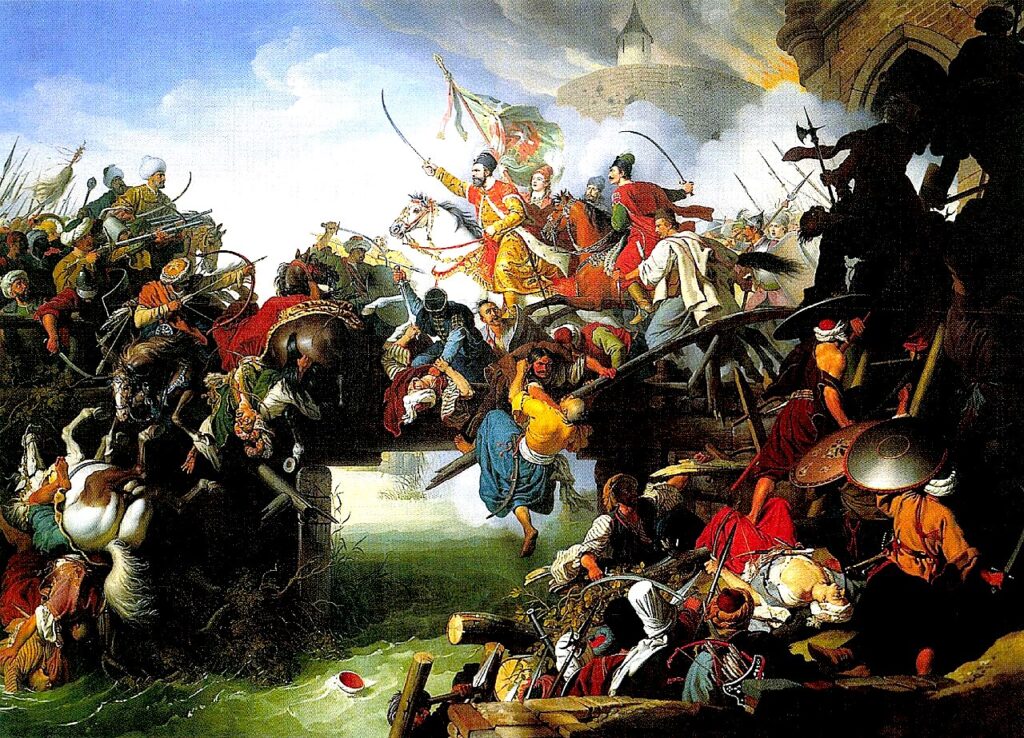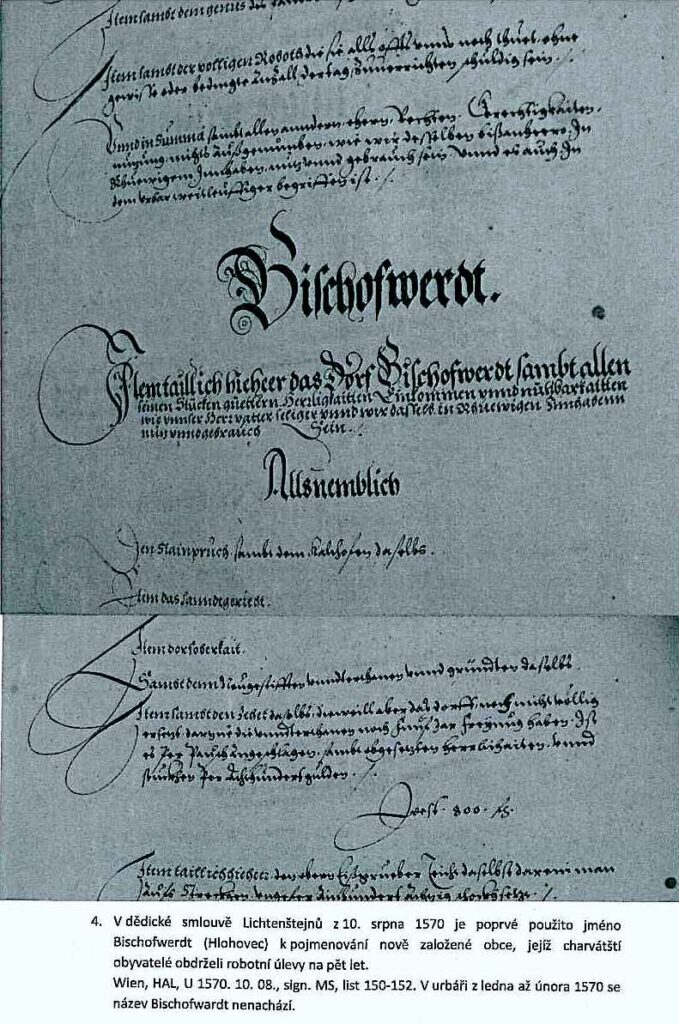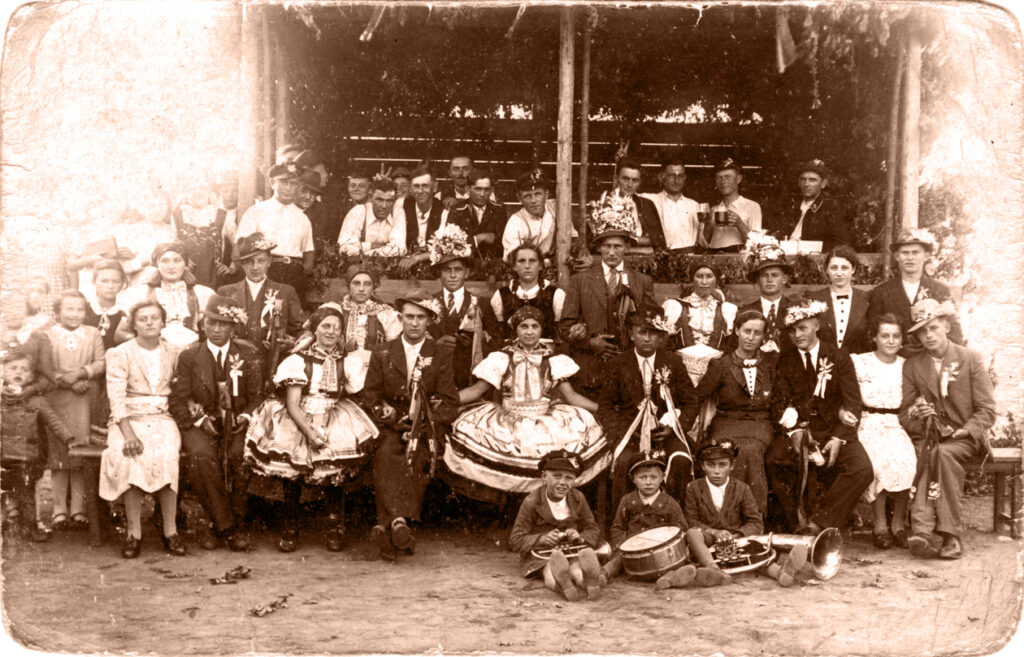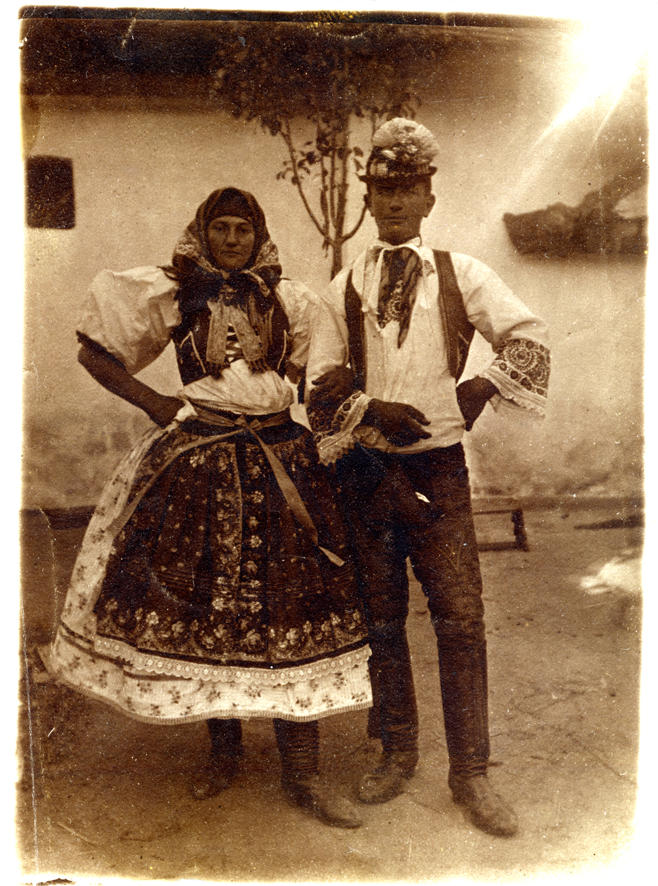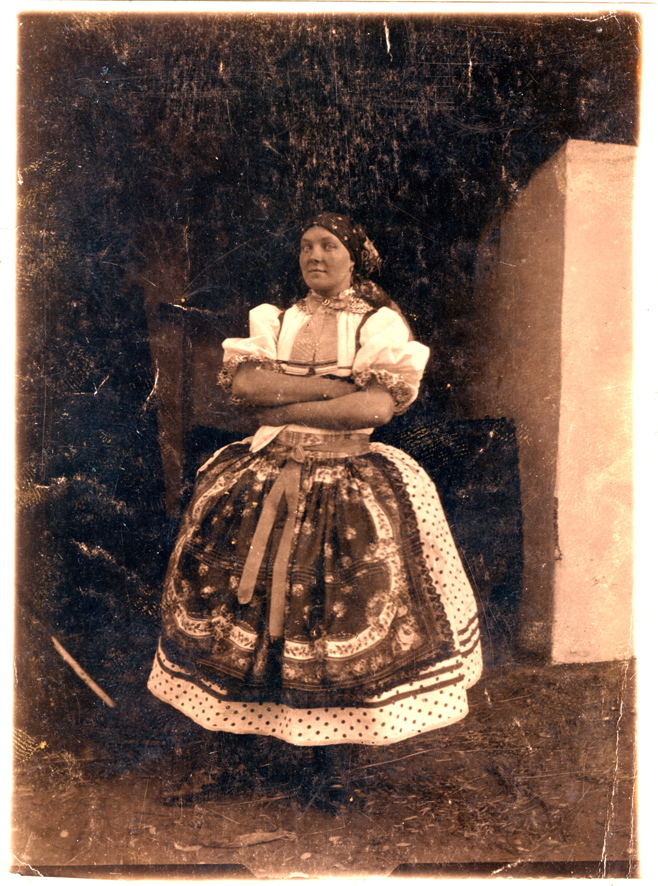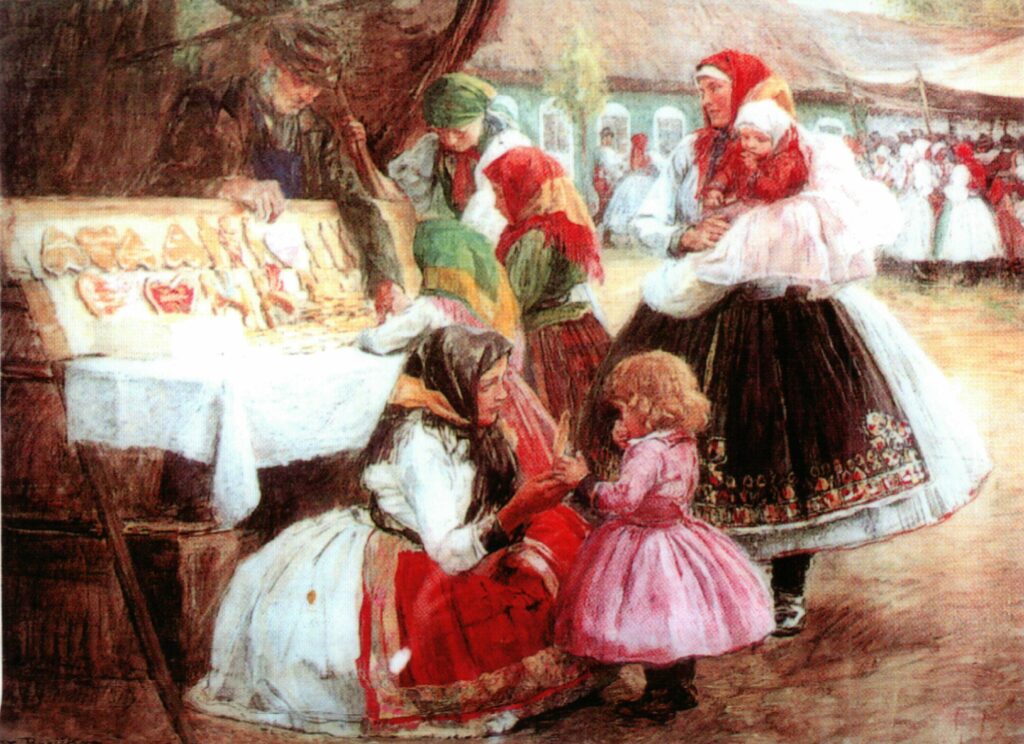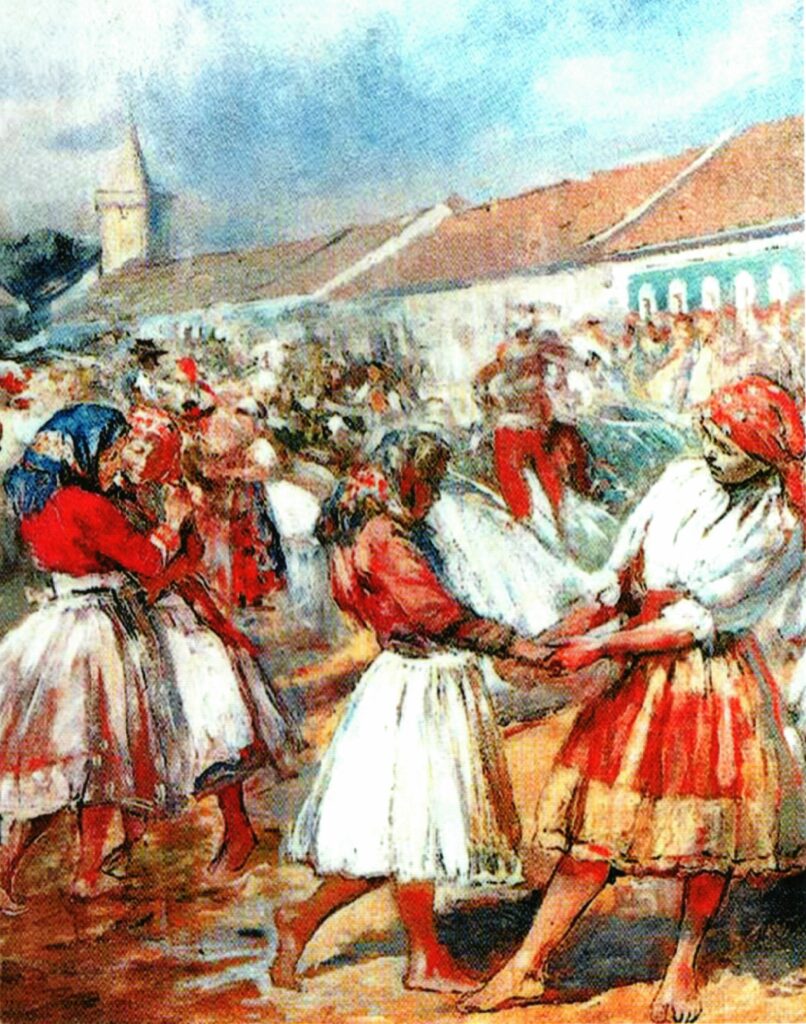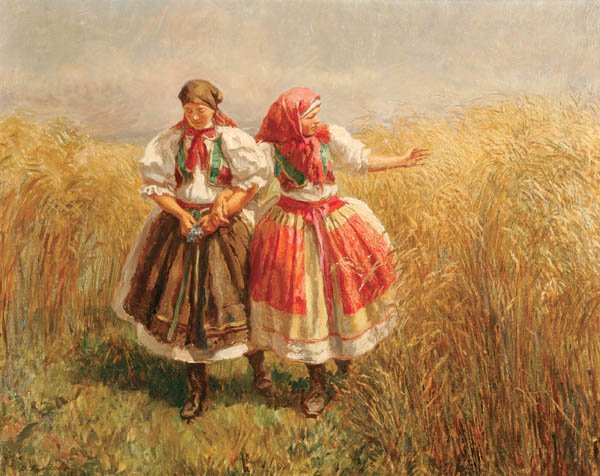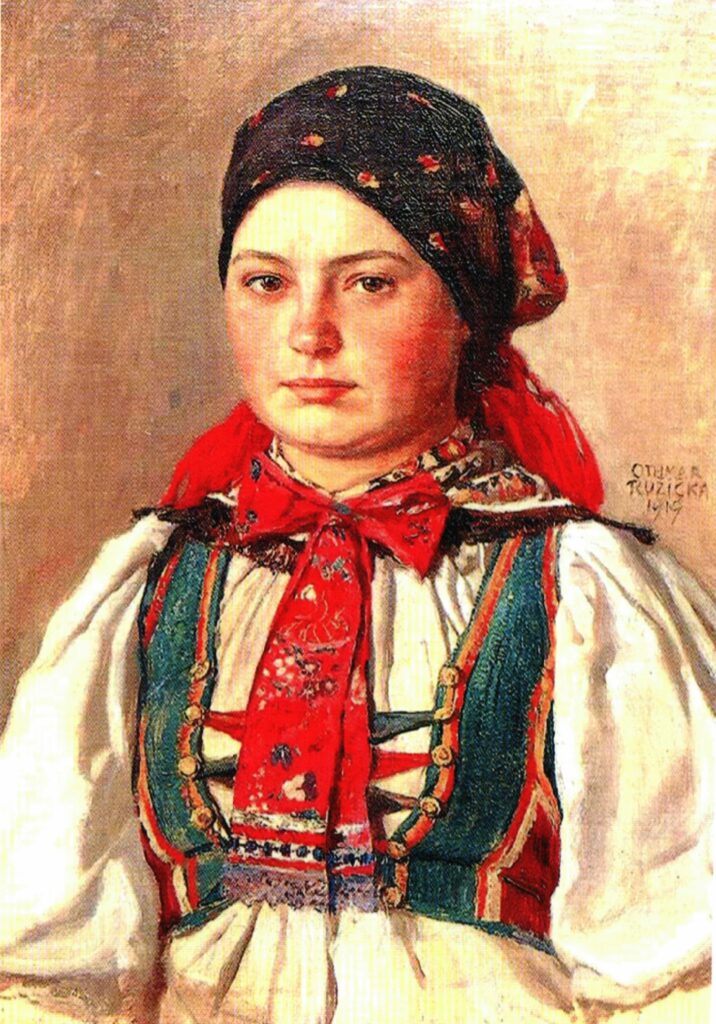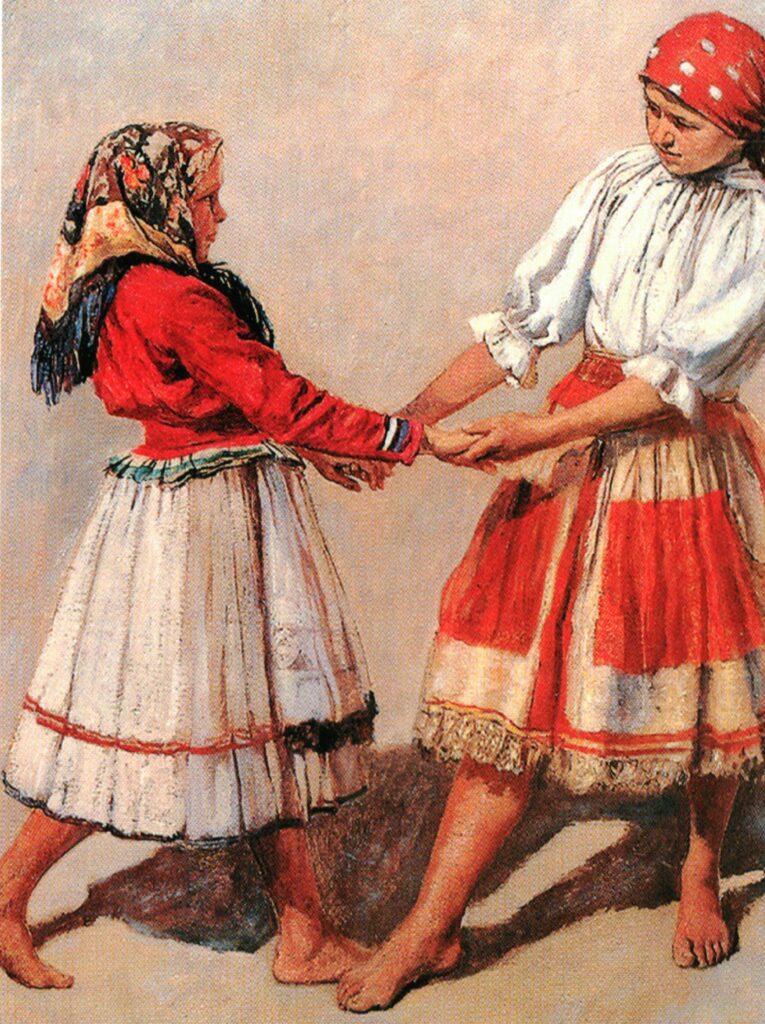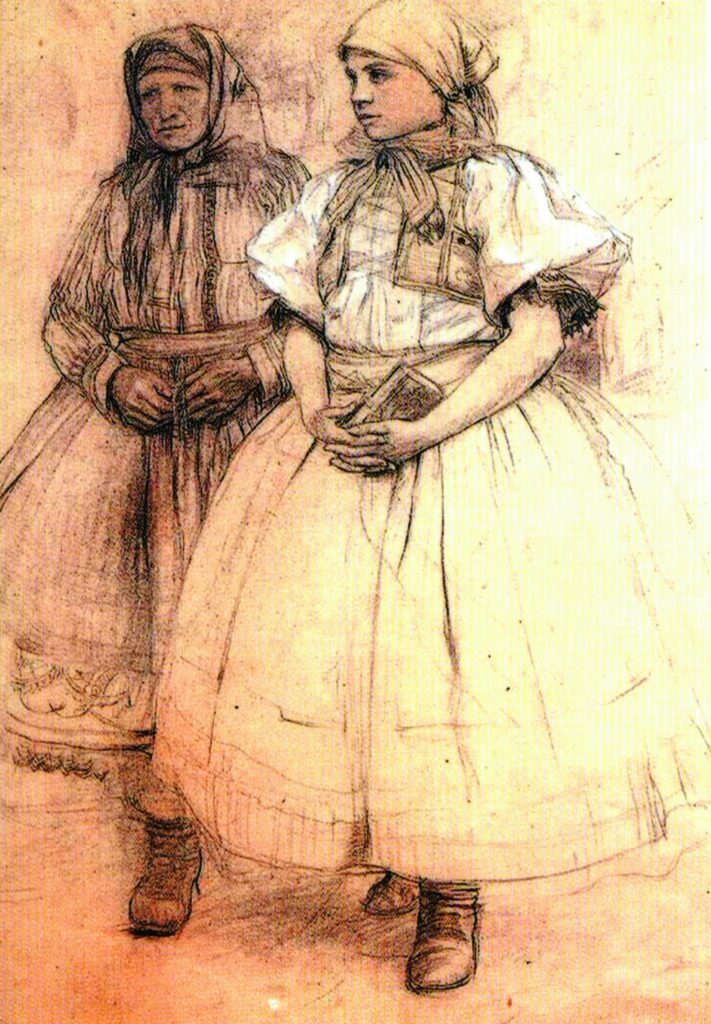Accompanying program of LVMF 2022
1. Lecture | The arrival of the Charvatians in South Moravia
25th September 2022 | 14:00 | Havlíčkova Villa, Břeclav-Poštorná
Reservations at prodej@lvhf.cz (Capacity 40 people), Entrance Fee Voluntary
The lecture by the historian Miroslav Geršic explains the arrival of the Charvats in the Valtice region in connection with the Liechtenstein princely house.
The expansion of the Ottoman Empire into the Balkans was main reason for the arrival of the Croats to the area of not only the then Lower Austrian Valtice. After the conquest of Constantinople (today’s Istanbul) in 1453, Belgrade in 1521 or the threat to Vienna itself eight years later, a part of the Balkan Christian population was pushed further and further north across the Danube River. Their arrival was supported by the Liechtensteins because after the Hussite wars and the wars with the Hungarian king Matthias Corvinus, the population declined and several villages around Valtice even disappeared. Additionally, the Valtice line of the Liechtensteins became actively acquainted with the problems and fate of the Croats directly on the Turkish battlefront, because for example George Hartmann I. from Liechtenstein (1475–1542) and his grandsons Georg Erasmus (1547–1591) and Georg Hartmann II. (1562–1585) served here as commanders of the imperial troops.
However, this was not a one-time process – quite the opposite. The arrival to the Liechtenstein dominion of Valtice took place in several waves of migration. The first one, under Georg Hartmann I. in 1533, saw the rebuilding of the previously deserted village of Poštorná and the foundation of today’s Charvátská Nová Ves, also known as Dolní and Horní Charváty (Under Krabattn and Obern Krabath). During the second one, under his grandson Georg Hartmann II., a second village was newly founded in the summer months of 1570 – Hlohovec (or Lohohec in the local dialect). Unlike Poštorná, the Croats did not rebuild the extinct village Aloch, but chose a place for a new village near the already built ponds of Lednice. The name of the village did not refer to the newly settled Slavic population originally from the Balkans but was based on the name of the place that belonged to the bishops of Passau in the Middle Ages.
Miroslav Geršic | historian
Foto: Miroslav Geršic, The Association of Citizens of Croatian nationality in the Czech Republic, Wikipedie free
2. Lecture | Colors of Croatian Moravia
Sunday 2nd October 2022 | 13:00 | Chateau de Frontiere (Hraniční zámeček)
Reservations at prodej@lvhf.cz (Capacity 40 people), Entrance Fee Voluntary
In the interwar times, you could visit three colourful villages near Mikulov where the locals spoke an unknown, yet close Slavic language. These were descendants of Croats who came to South Moravia in the 16th century during the Ottoman campaigns through Europe. These people began to live and farm here and become deeply rooted eventually. They retained their distinctive character for many centuries and enriched the folk culture of Moravia with a subtle exoticism that blended into the local environment, complementing it as well as being shaped by it.
So how is it possible that you have never heard of Croats in Moravia before? As a result of the political events after 1948, the Croatian settlements disappeared and their inhabitants were to be forgotten. To prevent that from happening, join us in discovering the lost Moravian Croats in this lecture.
Lenka Kopřivová | vice-chairwoman of The Association of Citizens of Croatian nationality in the Czech Republic
Foto: Thank you for providing the Association of Croatian Citizens in the Czech Republic


